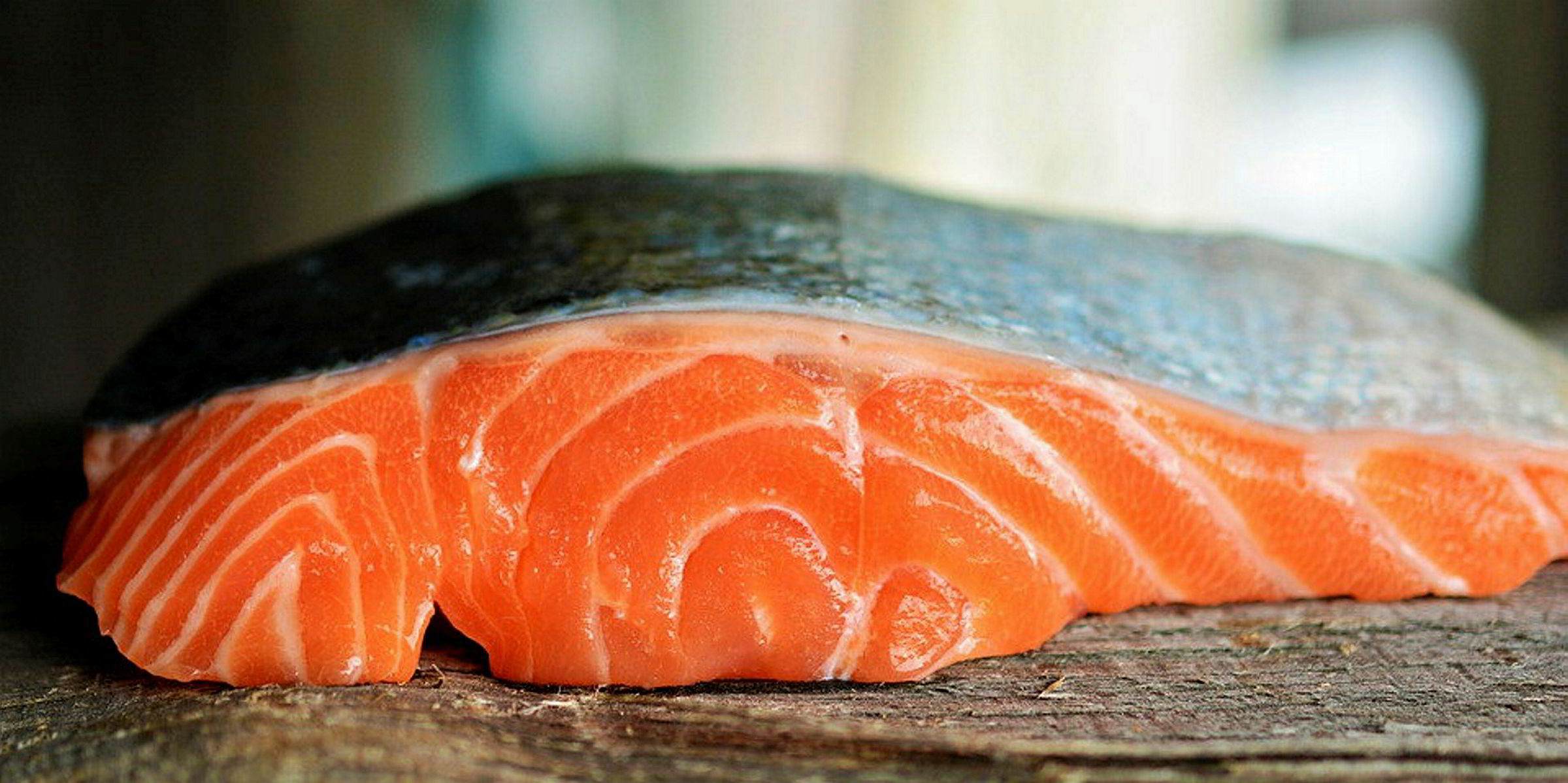Due to issues with shipping salmon out of Chile, salmon prices in the United States are rising, but whether the supply disruption will impact the European market is still unclear, analysts told IntraFish on Thursday.
"What we are hearing is that there is less volume coming from Chile at the moment," SpareBank 1 Analyst Tore Tonseth told IntraFish.
"I think this will gradually have an impact on the US market, but the visibility short-term is very low, so it's very hard to predict how this will develop. But it will have a positive impact on prices."
Prices have already "jumped the past couple of weeks," seeing a rise in North America, analyst for ABG Sundal Collier, Martin Kaland, told IntraFish.
Will this impact ripple out?
According to Tonseth, airborne markets for Chilean fresh salmon such as the United States and China are most likely to be impacted by the lack of supply, but volume reduction might not be large enough to impact the EU market.
There is typically a two to four week lag in impact between the EU and US markets, Tonseth said.
"We saw it for example when prices in EU began to be very week in the short-term, and it took three or four weeks before we saw it having a negative impact on the US market," he said.
European prices have been generally low for the past weeks, analysts said, with the negative trend still shaping the expectations of European salmon producers.
This week, Norwegian salmon prices saw some recovery, up 12 percent from last week to NOK 51.20 (€5.03/$5.60), but the upturn is moderate, according to salmon suppliers IntraFish spoke to last week.
Looking at the bigger picture
"It is a bit difficult to distinguish this effect as isolated from the other issues going on in Chile," Kontali Head of Analysis Ragnar Nystoyl told IntraFish, citing that there has been an "easing of supply" taking place on the European level.
"Coming from September and into October, harvest pressure has been high in Norway and other European producing regions. We see that the harvest need or volume growth is steadily declining, which is also impacting the global price picture."
The mix of foreign currency exchange has also impacted price levels, with some positive effect on Norwegian producers, Nystoyl said.
Many of the larger salmon farmers in Chile are "less exposed," Tonseth said, since they are mainly Norwegian with smaller operations in Chile.
As for general trends, Nystoyl said, supply will likely continue to move downwards in momentum and strength of volume growth, with the lack of Chilean products in the short-term drawing more demand for European salmon.

